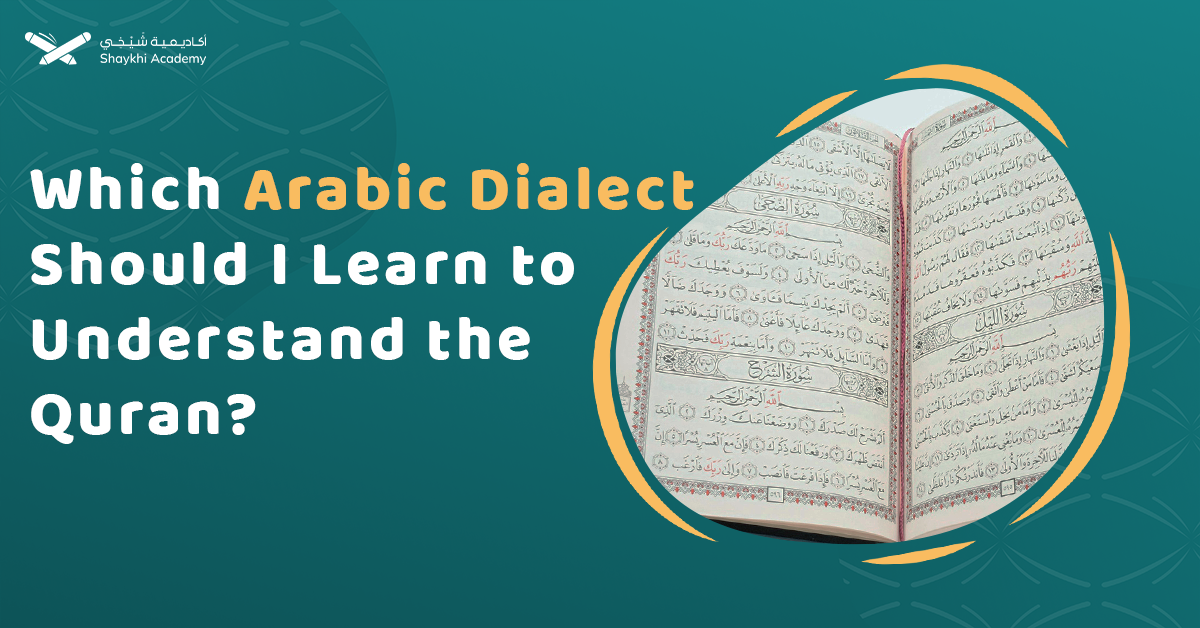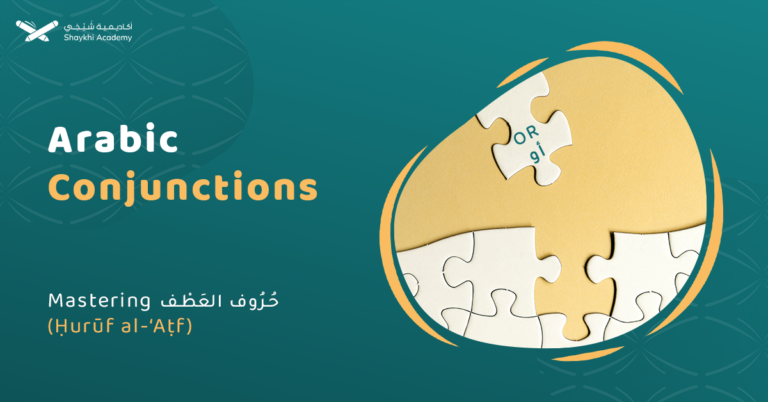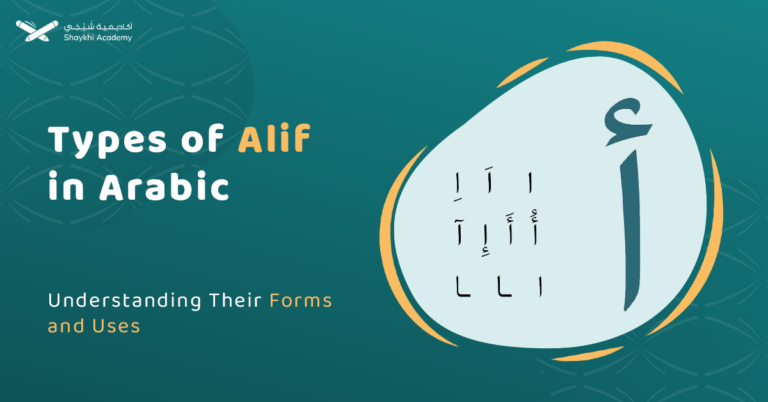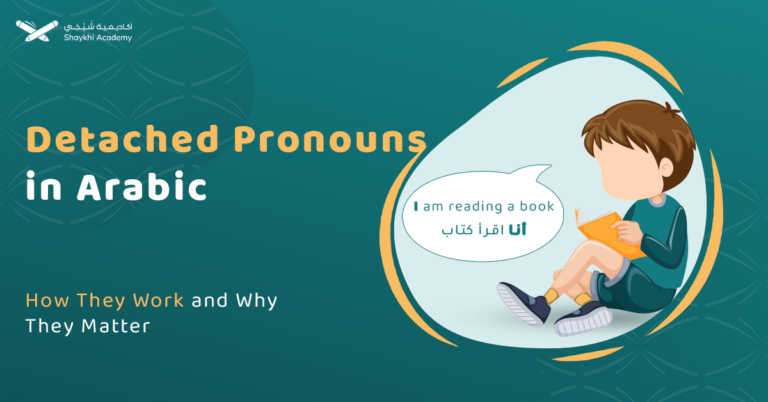Arabic language is one of the oldest languages in history and the sixth most widely spoken in the world. It is the official language in 28 Asian and African countries. More than 400 million people worldwide speak Arabic.
The Arab world spreads over a vast geographic area with various civilizations and cultures, which leads the language to develop different Arabic dialects. Even though Arabic is mainly subdivided into three main versions as Quranic or Classical Arabic, Modern Standard Arabic, and Colloquial or Daily Arabic.
In this article, we will talk about Arabic dialects, How many they are, their distribution across Arabic speaking countries, and the closest dialect to Quranic Arabic. In addition to that, we will discuss the best Arabic dialect to learn for understanding the Holy Quran.
What Are the Arabic Dialects?
Colloquial Arabic is used in everyday life, it can vary greatly from one place to another. It can even vary within the same country. It is very flexible, is constantly changing and generally has no established grammar.
The dialects are very different and may sound similar, but they are not. In fact, some of them don’t even share common vocabulary.
The most common Arabic dialects are:
1. Egyptian Arabic: “Masri dialect”
Egyptian Arabic is the most widely spoken dialect. It’s mainly used in Egypt and it is the most understood dialect, as it can be heard in TV shows and movies.
Egyptian dialect was influenced by European languages such as: English, Italian, Greek, Turkish and French. Interestingly, Its pronunciation differs from other dialects, as it uses a g-sound instead of a j.
2. Levantine Arabic: “Shami dialect”
Laventine dialect is spoken in Syria, Lebanon, Jordan and Palestine and it’s the next most commonly used dialect after Egyptian. Levantine contains Turkish influences, as well as more recent English and French additions.
Many Arabic-language learners choose to learn the Levantine dialect due to its perceived closeness to MSA.
3. Mesopotamian Arabic: “Iraqi dialect”
In the countries near the Tigris and Euphrates rivers, Arabic dialects have roots in old languages such as Aramaic and Iranian reflecting the rich linguistic history of the region. This dialect is predominantly spoken in Iraq, as well as parts of Iran and Turkeye.
In Iraq, the heavy dhad-sound is replaced by the lighter tha. So, for the sentence “he hit me” Iraqis will say tharabni rather than dharabni. Furthermore, depending on the area, the “q” sound can be replaced with a “g” feature shared with Gulf dialects.
4. Peninsular Arabic: “Gulf Dialect”
Gulf Arabic is a unique dialect spoken in Gulf countries like: Saudi Arabia, Qatar, Bahrain, Kuwait, Arabic Emirates and Yemen.
The Gulf dialect has some special characteristics. For example, the letter ق can sound like ‘q’ , ‘g’ or ’j’ depending on the sub-dialect or context. In addition to the letter ‘ك’ , it’s often pronounced like the ’ch’.
5. Maghrebi Arabic: “Darija”
Maghrebi Arabic dialect includes the dialects of North African countries like Morocco, Tunis, Mauritania, Libya and Algeria, which have some roots in Berber and European languages, especially French.
Maghrebi Arabic is considered the most challenging Arabic dialect,as many native Arabic speakers from the Middle East and Egypt struggle to understand it.
How Many Arabic Dialects Are There?
There is a huge variety of Arabic dialects that are spoken all across the Arabic-speaking world, spanning all the way from Yemen on the far end of the Arabian peninsula to Morocco on the western corner of the African continent.
It’s hard to say just how many Arabic dialects there are because of the variety, but you can safely guess that there are about 30 different Arabic dialects.
Historically, Arabic dialectologists formerly distinguished between just two groups:
1. Mashriqi dialects
Mashriqi dialects include the dialects of Arabian Peninsula, Mesopotamia, Levant, Egypt, and Sudan.
2. Maghrebi dialects
Maghrebi dialects include the dialect of North Africa and west of Egypt. Each group reflects regional linguistic and cultural influences, contributing to the richness of the Arabic language.
Which Arabic to Learn For the Quran?
Learning Arabic to understand the Quran is not merely acquiring a language; it’s embarking on a transformative journey that connects your soul directly to the divine words of Allah.
Quranic Arabic “Classical Arabic” is considered to be the purest form of Arabic and is the basis for the Modern Standard Arabic that is spoken and written today.
By learning Classical Arabic, you will be able to understand more about the Islamic religion. You can read and understand Quran recitations and enrich your knowledge about Muslim spirituality.
Which Arabic Dialect Is Closest to the Quran?
Hejazi dialect is the closest dialect to Classical Arabic, It’s spoken in the western region of Saudi Arabia which includes: Mecca, Madinah and Jeddah.
The Hejaz was home to the Old Hejazi dialect which is recorded in the Quran. However, It’s important to note that Old Hejazi is distinct from modern Hejazi Arabic, and it represents an older linguistic layer wiped out by centuries of migration.
How Can I Learn Arabic to Understand the Quran?
Learning Arabic to understand the Quran requires dedication and consistency. Here are some tips to make the most of your time and properly start the learning journey
1. Learn Arabic Alphabets
The first step to learn Arabic is by learning Arabic alphabets “Abjadiyah”.
Learning the 28-letter Arabic alphabet will be beneficial for you to memorise a word while learning each letter. In this way, you will both remember the pronunciation of the letter and start learning Arabic vocabulary.
2. Read short Arabic texts
It will be very useful to read the book of Qasas Al-Anbiya for kids (stories of the messengers).
Recording the texts you read and listening to your pronunciation will improve your skill. Over time, you will come to the level to correct your mistakes yourself.
Another way to understand the Arabic language is to read daily Arabic newspapers. It is one of the fastest ways to understand the Arabic language.
3. Use Arabic dictionaries
To understand the Quran and its meaning deeply, you need to learn and understand Arabic. Using a dictionary makes it easy for you to understand the root word, meaning, tense, and all the further details of the words easily
It may be difficult at first, but when you open the dictionary over time, your mind will automatically find the roots of the words because certain additional patterns are always added to word roots.
4. Listen to the News in Arabic
While learning a language, you progress through 3 methods: listening, writing, and speaking. By listening to channels such as Al-Jazeera, you can improve yourself both culturally and linguistically.
5. Practice with a native teacher
Talking to native Arabic speakers will quickly improve your communication skills. The best benefit of learning with a native Arabic teacher is that they are deeply rooted in the Arabic language, as it is their first language.
At shaykhi Academy, you’ll have the opportunity to apply what you’ve learned in practical situations, boosting your self-confidence and solidifying your skills.
Learn Arabic with native teachers at Shaykhi Academy
At Shaykhi Academy, we provide the perfect environment to make the learning experience effective and enjoyable. Here’s why choosing Shaykhi Academy is a smart decision for mastering Classical Arabic.
1. Learn from Native Arab Teachers
One of our key features is that you’ll learn directly from native Arabic speakers, ensuring accurate pronunciation and authentic language skills.
2. Emphasis on Continuous Practice
The best way to master a language is through regular practice. That’s why we ensure our students engage in continuous practice during classes, helping them retain knowledge and develop a deeper understanding of the language.
Why Shaykhi Academy?
- Expert Native Tutors: Learn from highly qualified native Arabic speakers.
- Flexible Scheduling: Tailor your classes to fit your busy life.
- Affordable Learning: Access top-quality education at a price that suits you.
- Global Access: Study from anywhere in the world.
Explore Our Arabic Courses:
- Noorani Qaida: Build a strong foundation in Quranic Arabic.
- Comprehensive Arabic Courses: Master the Arabic language, from beginner to advanced levels.
- Fusha Arabic Classes: Delve into Modern Standard Arabic, the key to understanding literature, media, and formal communication across the Arab world.
- Quranic Arabic Course: Enhance your connection with the Quran by learning the language in which it was revealed.
Start Your Arabic Journey Today! Whether you’re just starting or looking to deepen your knowledge, Shaykhi Academy is here to support your journey. Book your free trial now and begin your path to Arabic mastery!
Conclusion
In conclusion, choosing the right Arabic dialect to understand the Quran is a meaningful journey that connects learners to the language’s rich heritage and divine message.
While many dialects exist across the Arab world, learning Classical or Quranic Arabic is essential for comprehending the Quran in its purest form.
Starting with learning the Arabic alphabet, reading short texts, using dictionaries, listening to Arabic media, and practising with native speakers are all effective steps in building a solid foundation.
With dedication, you can achieve a deeper understanding and appreciation of the Quran’s message.















































